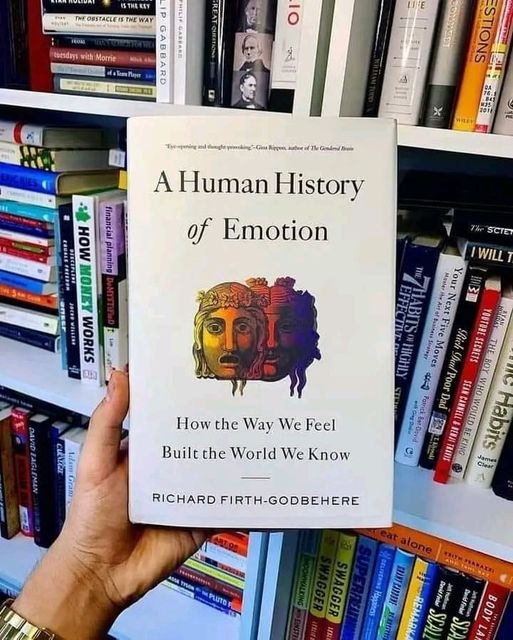1. Emotions are universal: Regardless of time or culture, humans experience a wide range of emotions.
2. Emotions are socially constructed: The way we understand and express emotions is influenced by cultural and historical contexts.
3. Emotions shape our identities: Our emotional experiences contribute to our sense of self and how we relate to others.
4. Emotions can be contagious: We often catch and mirror the emotions of those around us.
5. Emotions have a physiological basis: Our bodily responses are closely linked to our emotional experiences.
6. Emotions influence decision-making: Our emotional states can impact the choices we make.
7. Emotions can be regulated and controlled: We have the ability to manage and modulate our emotions.
8. Emotions have been historically gendered: Societal expectations have shaped how emotions are perceived and expressed based on gender.
9. Emotions have been used for political purposes: Leaders and governments have often manipulated emotions to gain support or control populations.
10. Emotions have been stigmatized: Certain emotions have been deemed unacceptable or weak in various societies.
11. Emotions have been celebrated: Some cultures have placed a high value on specific emotions, considering them virtuous or desirable.
12. Emotions have influenced art and literature: Artists and writers have drawn inspiration from and sought to evoke specific emotional responses.
13. Emotions have shaped religious practices: Religious rituals often aim to elicit and channel specific emotional experiences.
14. Emotions have evolved over time: The way we experience and understand emotions has changed throughout history.
15. Emotions are complex and multifaceted: There is no one-size-fits-all understanding of emotions, as they are influenced by a variety of factors.




